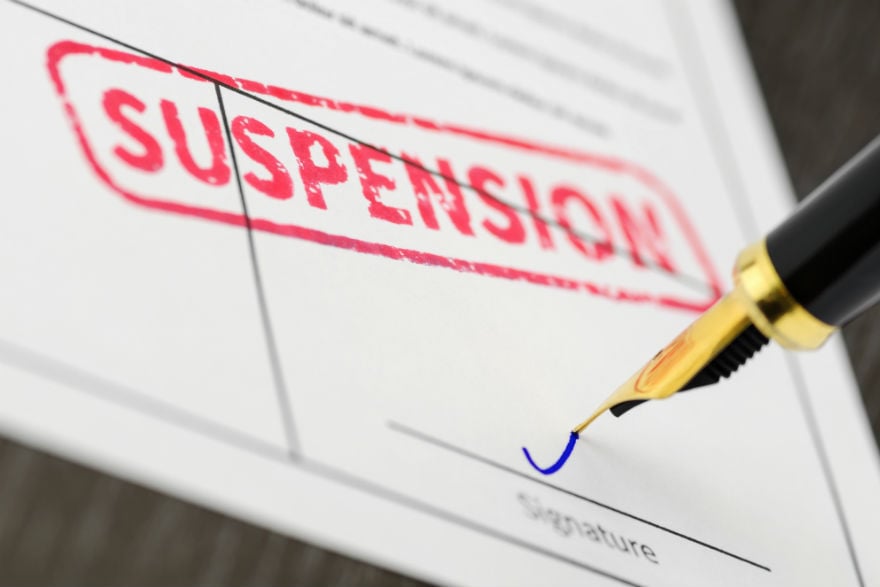Guest post by Attorney Kenneth Eade from Amazon Sellers Attorney
Unfortunately, suspensions of third-party sellers on Amazon have become common recently. Amazon considers selling on their site a privilege which can be taken away at any time. In this post, we’ll look at some of the most common reasons why sellers are finding themselves with suspensions and how they can get their account reinstated by Amazon’s seller performance team.
1. Inauthentic or counterfeit products
This can be selling knockoffs or the genuine product without sufficient authorisation to resell. Often sellers will buy products from eBay or clearance sales and then wonder why Amazon does not accept their invoices as provenance.
You must buy from a wholesaler authorised by the brand owner, with rights of resale.
And then there is another scenario where competitors, trying to knock the competition out will make false counterfeit or inauthentic claims to eliminate their competition.
There are two resolutions to these types of complaints:
- Provide the invoices from an authorised wholesale distributor and a plan of action.
- Permanently delete the offending product, offer a refund to customers and file a plan of action.
Amazon has formed a dragnet to try to eliminate counterfeiters which has trapped many third-party sellers who do have resale rights to genuine products. These sellers are put through the listing or account suspension process along with the counterfeiters, and the result can put legitimate businesses out of business.
2. Intellectual property infringement
These are typically copyright or trademark violations. These complaints can often be settled by sending an attorney letter to the rights owner, offering to give written assurances not to sell their product and a deletion of the product from the seller’s inventory.
3. Poor seller performance
This consists of late shipping, order defects (damaged products either by poor inventory quality control or damaged during shipping) and cancelling orders before they are fulfilled. These matters are solved with quality control programs written in the plan of action that sellers can also follow as a business practice.
A lot of sellers are uneducated or don’t have a command of the English language and have difficulty communicating with customers. This accounts for many poor selling practices.
4. Related accounts
It is against Amazon’s policies to have more than one account and sellers often get suspended because they open another account under a different name or company, with a different computer, or with a relative, etc.
The Amazon database is very good. It coordinates many pieces of data to match one account to another such as ISP address, the same computer, same office or home address, same surname, same geographical location, same banking relationship and related products.
The solution in these cases is either to prove the accounts are not related, which is very difficult or to admit the violation, promise not to do it again, and propose a plan of action to restore the former suspended account by addressing all the issues in that account.
5. Listing errors
This occurs when a product does not match the detail page, variations of products are not classified correctly as parent and child products, or images or listings have information that encourages the customer to go off-site. These can be solved with a listing review and plan of action.
6. Review manipulation
Since October 2016, it has been against Amazon’s policies to offer any type of incentive or discount in exchange for, or in the hopes of, a positive review. Seller should only use feedback tools that are 100% Amazon compliant like FeedbackExpress.
7. Listing hijacking
This occurs when a seller’s listing is taken over by someone who sells a knockoff product or product that doesn’t match the listing page. If the client has a registered trademark, an attorney can send a cease and desist letter and file a takedown notice to Amazon and kick the offending competitor off the product listing.
If no trademark protection exists, but the competing product does not match the listed product in every way, including packaging, the offending competitor may often be eliminated from the product listing.
Related: Dealing with Amazon Product Listing Hijackers
100% Amazon compliant
One way to avoid Amazon suspension is by only using Amazon feedback tools that are 100% compliant like FeedbackExpress. If you’re interested in saving time, getting more positive seller feedback and product reviews then get started today with our 14 day free trial. You don’t even need to enter your card details to get access to all our great features!



